
Resident Evil 7: Biohazard Review
Price: £49.99Developer: Capcom
Publisher: Capcom
Platform(s): PC, PS4, PSVR, Xbox One
Version Reviewed: PS4
January is a fitting month for the launch of a game that looks forwards and backwards at the same time. Resident Evil 7 is not only a sequel, it’s a reboot that attempts to both move the series on while recalling many of its foundational tenets. It falls in line with the more recent shifts in horror gaming: adopting a first-person perspective, placing an emphasis on vulnerability, and giving many of its enemies a more human face. Meanwhile, it visibly harks back to the original Resident Evil in setting, structure, and pace.
In short, it is a game with two distinct personalities, carefully and, for the most part, successfully woven together. Yet while Resident Evil 7 is strikingly distinct from the recent, more action-heavy entries in the series, it isn’t as brave or ambitious as first impressions make it seem.
Nevertheless, what we have here is an exceptionally presented and largely well designed horror game, with an atmosphere that’s always tense and sometimes terrifying and systems that switch between satisfying spatial puzzling and brutal first-person combat. You assume the role of Ethan Winters, who travels to Dulvey, Louisiana, after receiving a mysterious message from his wife Mia, who has been missing for over three years. The trail leads to a dilapidated mansion in the heart of the Louisiana swamp, where Ethan finds himself subjected to the unique hospitality of the deranged and depraved Baker family.
As Ethan, your task is to escape the Baker’s clutches and track down Mia, while also attempting to figure out what exactly is going on within the mansion. Standing between you and these goals are the Bakers and the labyrinthine layout of the mansion itself.
The setting is an obvious call-back to the Spencer mansion of the first game, and there are more references within the Baker’s residence itself. The entrance hall is eerily reminiscent of the Spencer layout, complete with bifurcated staircase, and there’s a nearby puzzle which is lifted directly from the original. There’s even a picture of the Arklay Mountains, where the Spencer Mansion was located, hung on the wall somewhere inside the house.
But the most significant nod to that genre-defining first game is how the Baker mansion is as much a puzzle as it is a place, a twisted labyrinth of locked doors, secret rooms, and hidden passages that slowly unfolds as the game progresses. But it’s a labyrinth adapted for modern audiences. The conundrums Resident Evil 7 poses are nothing like as abstruse as those you banged your head against in Arklay. The route through the game is more strongly defined, and you tend to pick up items in the order that you need them. If you need to find a switch or solve a riddle, the solution can usually be found in the same room.
For the most part, this is all a good thing. The puzzles are balanced so that you always have an idea of what you need to do but are still satisfying to complete. Moreover, watching the manor gradually unveil its secrets remains immensely gratifying. There are a few puzzling innovations too, such as the collectible video tapes. These are dotted around the mansion and its grounds and, when played on one of several VCRs, let you embody the memories of one of the Bakers' victims.

MSI MPG Velox 100R Chassis Review
October 14 2021 | 15:04

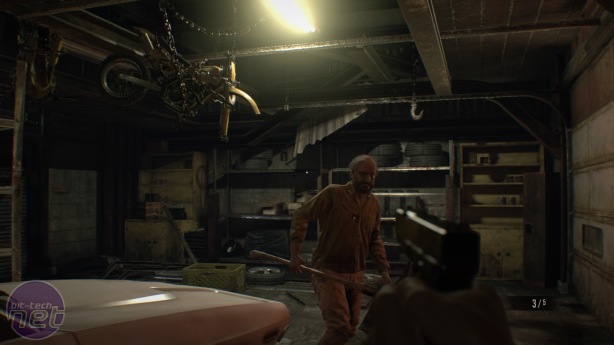
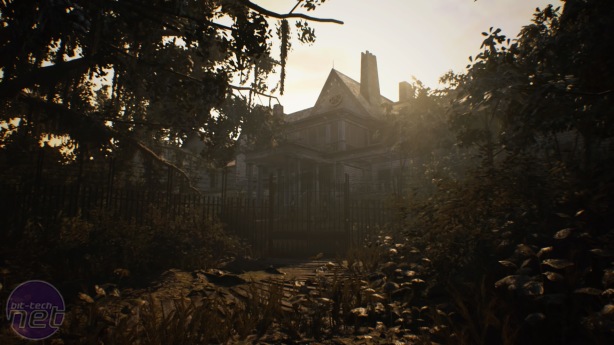
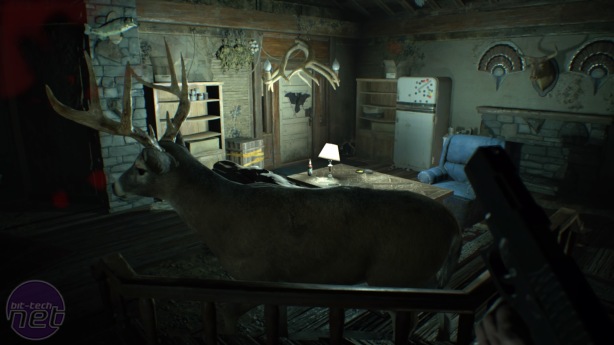
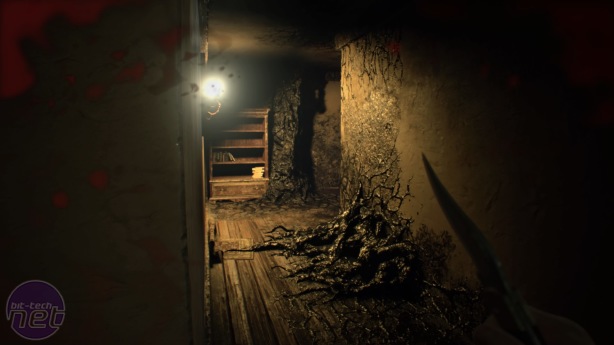
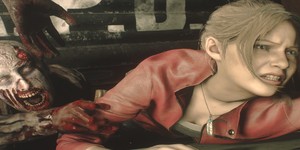







Want to comment? Please log in.